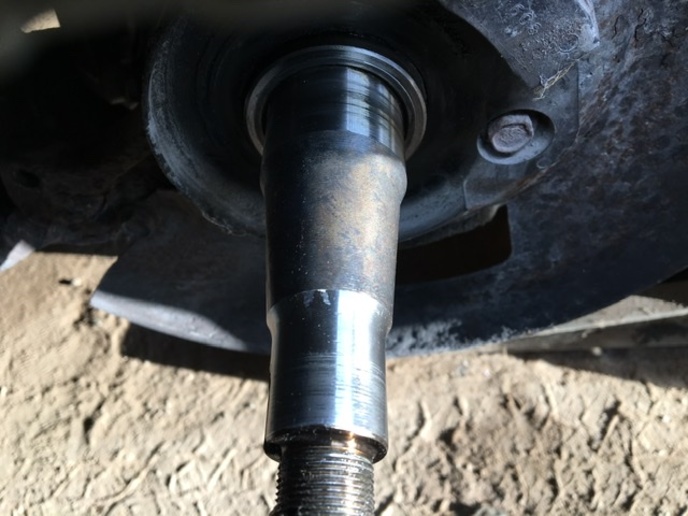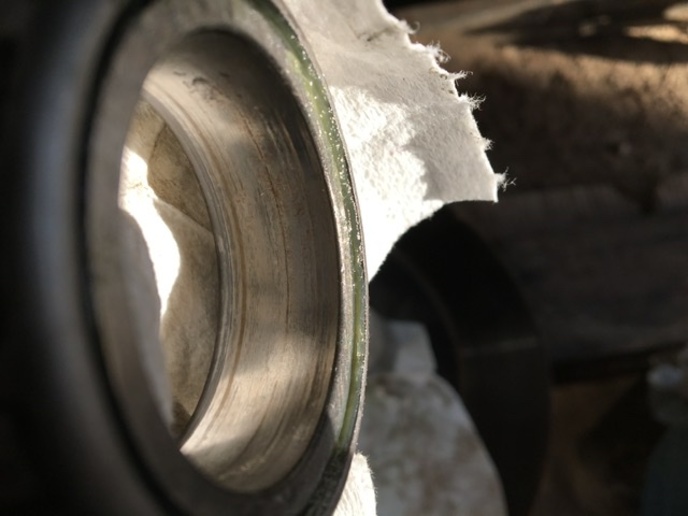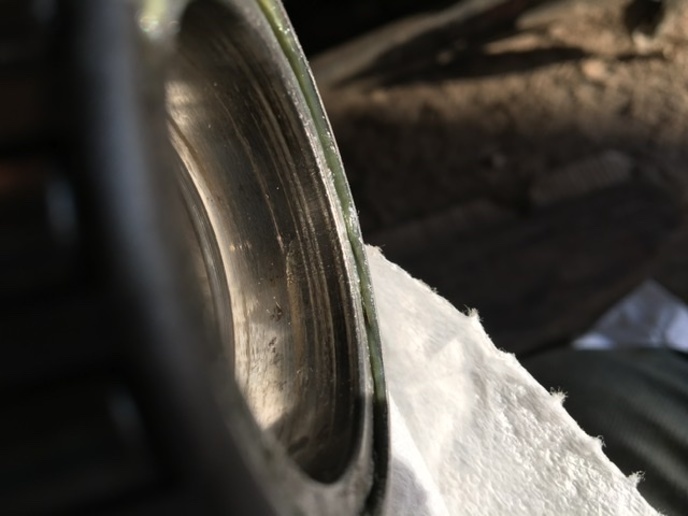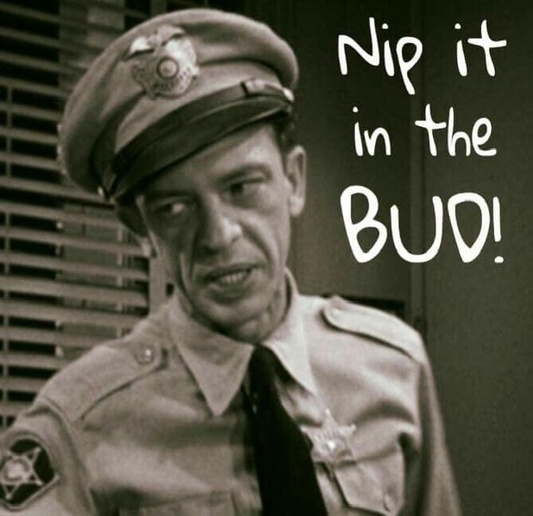super99
Well-known Member
I replaced the rotor/hub, wheel bearings,seal,caliper,hose and pads on my 98 Chevy 3500 tractor hauler a while back. I started hearing a popping sound when turning at slow speeds. I took it all back apart and the bearings have been turning on the shaft. I cleaned it up and re greased it and put it back together and tightened the nut enough that the hub turned but wouldnt spin, put it back together and test drove it. Okay at first,but it started popping again when I got home. Took it all back apart and inspected everything. Inner and outer bearings have both turned on the shaft and left score marks on the shaft and inside the bearing bores



On a slow speed hub, I would hit it a few times with a center punch and put it back together and run it. Not sure if this is acceptable for highway speeds. Should I replace both bearings and then dimple the shaft before assembly??Both bearings turn smooth, just not sure about the inside markings. How tight should they be, on farm wheels, I tighten them until they wont turn and then back the nut off a little and put the cotter pin in. Same procedure for highway use?? Thanks, Chris



On a slow speed hub, I would hit it a few times with a center punch and put it back together and run it. Not sure if this is acceptable for highway speeds. Should I replace both bearings and then dimple the shaft before assembly??Both bearings turn smooth, just not sure about the inside markings. How tight should they be, on farm wheels, I tighten them until they wont turn and then back the nut off a little and put the cotter pin in. Same procedure for highway use?? Thanks, Chris


